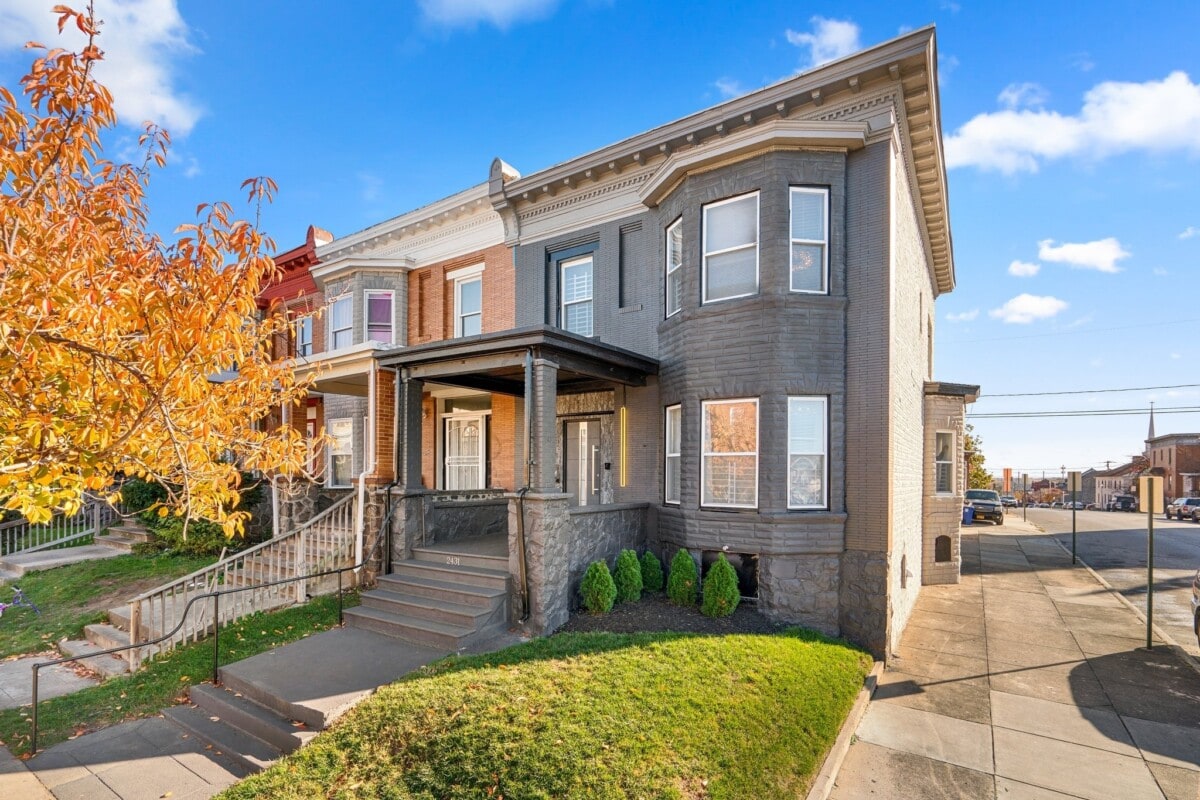Rents continue to trend up in Darwin. Picture: Getty Images
Darwin rents have surged by up to 11 per cent in the past year with tenants paying up to $100 more a week in some suburbs.
PropTrack data from August revealed rents increased in more than 70 per cent of wider Darwin suburbs in the past year.
The Fannie Bay house market saw the greatest increase, with the median rent up 11.1 per cent between August 2024 and August 2025.
This equated to an average of $100 extra a week for tenants in the coastal suburb.
In Bakewell, unit rents were up 10.9 per cent year-on-year, or $50 per week, to sit at a median of $510, while in neighbouring Moulden house tenants were also paying $50 extra a week on average after a 10 per cent annual increase.
Weekly rents were up 9.5 per cent ($55) in the Karama house market, 9.1 per cent ($50) in the Driver house market and 8 per cent ($35) in the Gray unit market.
The home at 9 Exmouth Ct, Leanyer, is for rent for $1100 per week. Picture: realestate.com.au
RELATED: Australia’s secret growth suburbs revealed
House of the Week: Entertainer’s oasis in Nightcliff
Rent crisis: Eviction loopholes exposed
The greatest quarter-on-quarter rent increase was in the Karama house market, up 6.7 per cent, or $40 per week, in the three months to the end of August.
Next was Bakewell where the median unit rent was 5.2 per cent ($25) and the median house rent was up 5 per cent ($30) in the August quarter.
SQM Research figures showed the median Darwin rent was $651 in August, up 8.9 per cent year-on-year.
Weekly house rents were up 1.3 per cent annually to a median of $757 and unit rents were up 16.7 per cent to $578.
According to SQM research, the Darwin vacancy rate was at 0.5 per cent in August.
It remained steady compared to July but was down 0.2 percentage points year-on-year.
Michelle Carrington, Ray White Darwin senior property manager. Picture: Supplied
Ray White Darwin senior property manager, Michelle Carrington said the Darwin rental market remained tight off the back of good demand.
“Interstate relocations are still coming in and we’re still seeing good turnover,” she said.
“We’re getting into the wet season and, historically, as we creep towards end of year, we see higher vacancies.
“The supply has already increased a little bit, as we see properties turn from Airbnb back to the private residential market at the end of dry season.”
Ms Carrington said family homes remained the most sought after.
“The city properties are still high in demand and so too is the price point of $650 – $750 per week,” she said.
PropTrack economist Eleanor Creagh said nationally the rental market had “recalibrated” as tenants were pushed to the brink of affordability.
“Vacancies still remain low by historical standards but rental price growth has eased significantly, although rents are elevated after years of record growth,” she said.
“We’re not seeing a retreat in rental price pressure but certainly an easing.”
190 Zuccoli Pde, Zuccoli, is listed for rent for $750 per week. Picture: realestate.com.au
Ms Creagh said the unit market was leading for most capital city markets, “probably a sign that tenants are trading space for location and price, which seems a rational response when we know that household budgets are stretched and rents have increased significantly in recent years.”
Louis Christopher, SQM Research managing director said the national vacancy rate has held firm at 1.2 per cent for August, suggesting ongoing shortages in rental supply across most capital cities.
“Hobart and Darwin stand out with double-digit annual rent growth, driven largely by unit demand,” he said.
“Nationally, rents continue to edge higher, particularly for units, which are now outperforming houses in most capitals.
“Overall, the data points to a market that remains tight, albeit the days of 20 per cent-plus rental growth are well and truly behind us.
“Investors should note the resilience in Brisbane and Hobart, while policymakers may need to monitor affordability pressures in Sydney and Darwin.”



















 English (US) ·
English (US) ·